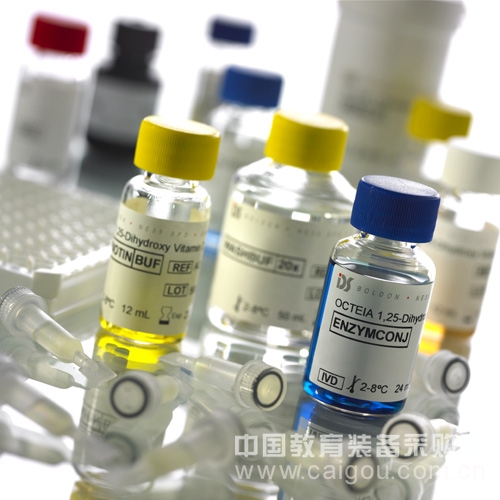Key Points and Basic Techniques for Serum Preservation
When storing serum for an extended period, it is essential to keep it in a low-temperature refrigerator set between -20°C and -70°C. If stored at 4°C, the duration should not exceed one month. It's important to note that serum volume increases by approximately 10% when frozen, so make sure to leave enough space in the container before freezing. Otherwise, the bottle may crack or become contaminated due to expansion.
Most serum products from manufacturers are already sterile and do not require additional filtration or sterilization. However, if you notice any cloudiness or suspension in the serum, it can be filtered together with the culture medium. Avoid directly filtering the serum alone, as this could damage its components.
Thawing serum should be done gradually. Start by moving the serum from the -20°C or -70°C freezer to a 4°C refrigerator and let it thaw over the course of a day. Then, transfer it to room temperature and continue the process until fully thawed. During this time, gently shake the serum to ensure even mixing and prevent sedimentation. Avoid rapid thawing at 37°C, as sudden temperature changes can cause protein denaturation and precipitation.
Heat inactivation is a common procedure where fully thawed serum is incubated at 56°C for 30 minutes. This process helps inactivate the complement system in the serum. However, this treatment is usually unnecessary unless specifically required. Heat inactivation can lead to increased sediment formation and may negatively impact serum quality. The complement system plays a role in various biological processes, including cytotoxicity, smooth muscle contraction, histamine release from mast cells, and enhancing phagocytosis and immune cell activation.
Prolonged exposure to 37°C can cause the serum to become cloudy, leading to the breakdown of active components and reduced overall quality. Therefore, it's best to avoid leaving serum at this temperature for too long.
Floc-like precipitates often appear after thawing and are typically caused by the denaturation of lipoproteins or fibrin in the serum. These flocs are generally harmless and can be removed by centrifugation at 3000 rpm for 5 minutes. In some cases, microscopic "small black spots" may appear, especially after heat treatment. These are not contaminants but rather protein aggregates. While they usually do not interfere with cell growth, if you suspect any issues with the serum, stop using it immediately and replace it with a new batch.

Bottle Brush,Bottle Cleaning Brush,Silicone Bottle Brush,Bottle Washing Brush
Zhejiang Carebao Co., Ltd , https://www.carebao.com